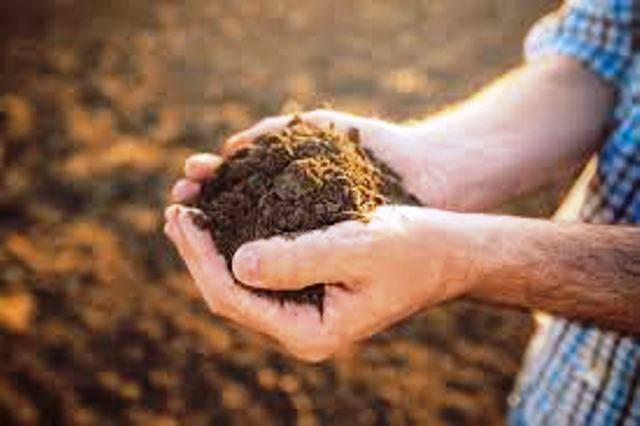
Soil analysis could be a set of varied chemical processes that verify the number of accessible plant nutrients within the soil, however conjointly the chemical, physical and biological soil properties necessary for plant nutrition, or "soil health". The content of basic plant nutrients is determined by chemical soil analysis including nitrogen (N), phosphorus (P2O5), metallic element (K 2 O), pH, humus content, total CaCO3, accessible lime, organic matter, total sulphur (S), trace parts, and different physical characteristics (capacity, porosity, density, pH - value).
Soil analysis imply:
-
Taking soil samples
-
Laboratory analysis of samples
-
The interpretation of the results by the issuance of fertilizer recommendation.

Aim of soil analysis:
-
To determine the level of availability of nutrients or the need for its introduction
-
To predict the increase in yields and profitability of fertilization (poor soils do not always provide yield increase due to fertilization because of possible limiting factors)
-
To provide the basis for calculating the required fertilizing of each crop
-
To evaluate the status (supply) of each nutrient element and simultaneously determine the compensation plan (nutrient management).
-
According to the content of nutrients in the soil obtained by chemical analysis and the requirements of the culture for a certain yield, it is easier to determine the amount of required fertilizer to achieve high and quality yields. In determining the number of nutrients should be noted that at the best condition in the soil plants can adopt up to 80% of nitrogen, 40% of phosphorus, 60% of potassium and 40% of magnesium. High-quality soil analysis is the basis of planning of fertilizing, and thus the quality of the entire production cycle, which results in high quality and yield and better farm management. When to make a soil analysis? Taking soil samples for analysis is done after harvesting of crops and before any fertilizing, at optimum soil moisture. The soil must not be depressed, along the edge of the plot or where mineral fertilizers are unevenly scattered, because the sample will not be representative and the resulting data will not be a reflection of the real situation. In the case of permanent crops (orchards and vineyards) analysis is carried out every 4-5 years. How to properly perform sampling? Samples are taken by probe, but can also by shovel. If the sample is taken by shovel, the procedure is as follows:
-
Dig a pit
-
Vertically cut the soil along the pit wall
-
The shovel must be pulled out so that the soil does not slip off it

Forming of the sample - longitudinally along the middle of shovel soil width ca 5 cm is allowed and left and right of the sample soil is cropped and removed.
A sample is taken to a depth of normal tillage i.e, to rooting of plants, for field crops 0-30 cm, for permanent crops (orchards and vineyards) 0-30 cm and 30-60 cm. On analysis is given an average sample that is obtained by mixing all individual samples from 20-25 places evenly distributed over the entire surface from which samples are taken. If the soil is strongly sloped or area from which samples are taken is greater than 5 hectares or soil is not the same type, than more individual samples are taken. The samples are mixed and up to 1 kg of the taken soil. Thus the separated sample is placed in a plastic bag on which write the following information:
-
Indication of the owner with an address
-
Designation of the plot
-
Depth of sampling
-
Indication of preculture with yield and previous fertilization
-
The name of the crop, which is planned to plant or sow and for which samples are taken
-
Date of sampling.
There're several ways of taking samples: network (a) Z-scheme (b) diagonally (c) in permanent crops
The results of chemical soil analysis for a culture you grow you can enter in farm management systemi. At any time, you have insight into the soil condition that can help you to determine the right amount of fertilizer for the next culture.
Why is Soil testing required.
A soil test is important for several reasons:
-
to optimize crop production
-
to protect the environment from contamination by runoff and leaching of excess fertilizers
-
to aid within the identification of plant culture issues
-
to improve the nutritional balance of the growing media and to save lots of cash and conserve energy by applying solely the quantity of fertilizer Pre- plant media analyses provide an indication of potential nutrient deficiencies, pH imbalance or excess soluble salts.
This is significantly necessary for growers World Health Organization combine their own media. Media testing throughout the season is a very important tool for managing crop nutrition and soluble salts levels.
To use this tool effectively, you must know how to take a media sample to send for analysis or for in-house testing, and be able to interpret media test results.
Determining the pH and fertility level through a soil check is that the beginning in coming up with a sound nutrient management program. Soil samples from soilless mixes are tested differently than samples from field soil.











